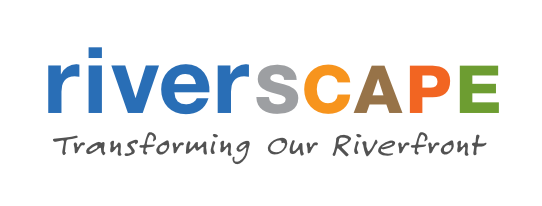Diane Hunter discusses the relationship of the Miami people to waterways and Indiana. In her short interview, Diane discussed the historical prevalence of waterways to Miami people and the forced removal of Native Americans, including the Miami people, from Indiana.
Featured in the Speaker Series accompanying the Water|Ways exhibit, Diane will show the vital relationship between the Miami tribe and waterways. Through this, she will be showcasing their intertwined history. Many Miami villages were settled along the Wabash River and distinctly focused at places where the river confluences with other rivers or creeks. Diane also noted that these water sources played a prominent role in impacting all people, not just Native Americans.
Another significant impact on the Miami tribe was their forced removal from Indiana in 1846. Diane elaborated that some families were given an exemption. These exemptions were made through agreements with Joseph Sinclair. Most of these agreements were temporary and allowed harvesting to be finished. In 1850 some were able to receive another, more permanent exemption; however, most were forced to move to Kansas.
Overall, Diane wants her audience to take away that the Miami people are not of the past but living people with a past. The Miami people still reside in Indiana and are citizens of the Miami Tribe of Oklahoma, a sovereign and federally recognized tribe of Native Americans.
